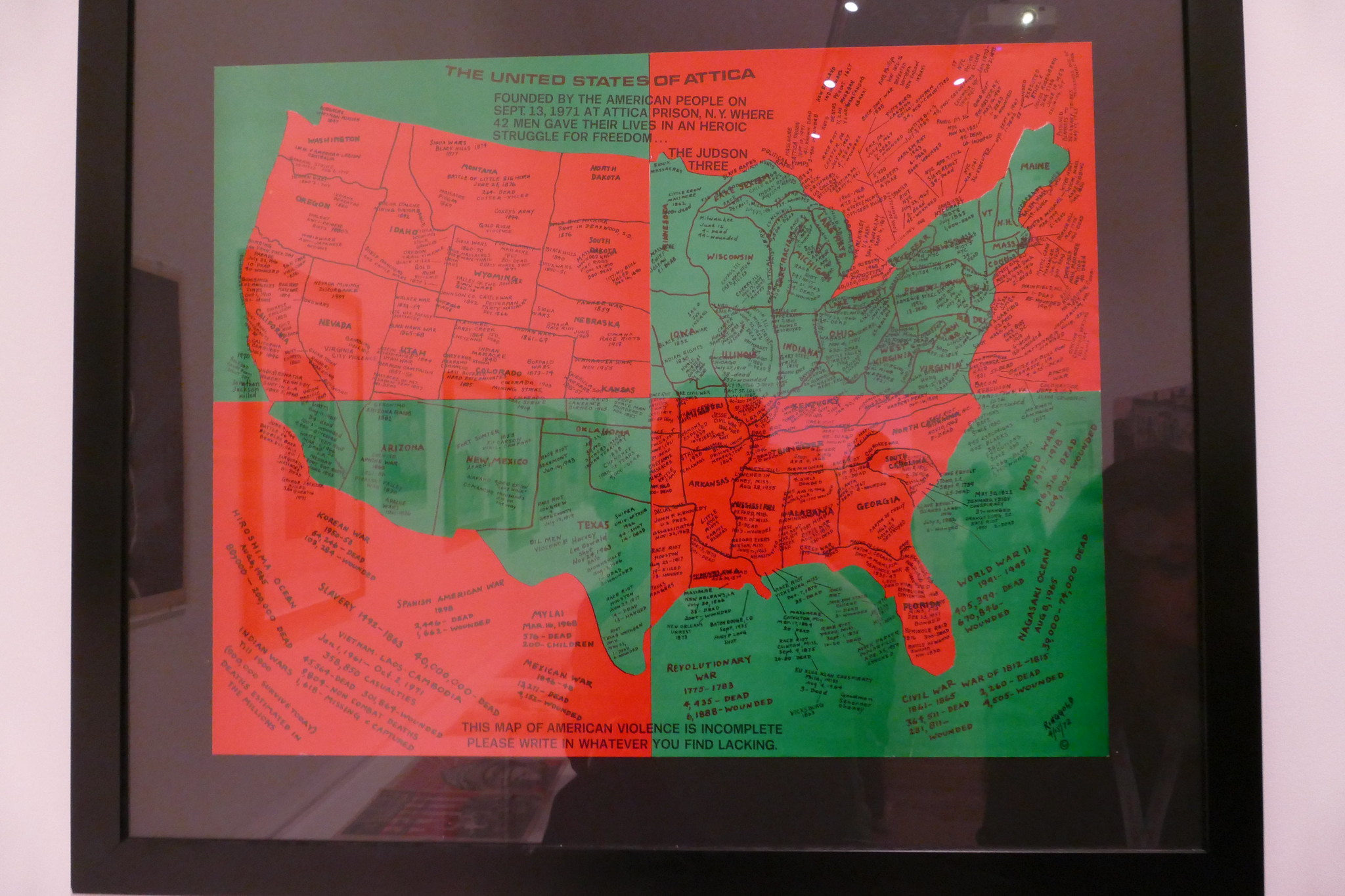Black Women Artists and the Transformative Power of Contemporary Art

For a very long time, self-identification, societal critique, and cultural expression have all been facilitated through the arts. The work of black women artists, who have defined and influenced a variety of artistic genres across time, has greatly sculpted this rich fabric.
Throughout the 1960s and 1970s, the African American community saw the emergence
of the Black Arts force, or BAM, as a creative and cultural force. It required creating a distinctive
artistic persona that represented the challenges and successes encountered by African Americans in the United States. Black women artists were instrumental in this movement, using it as a
platform for social and political activity through their artistic expression.
Artists who incorporated African history, symbolism, and concepts of empowerment into their work, such as Faith Ringgold and Betye Saar, subverted conventional artistic conventions. Saar’s assemblages and Ringgold’s patchwork art, for instance, were potent manifestations of resistance and identity. For subsequent generations, these artists expanded openings by embracing their background and producing art that spoke to their own experiences.
Following the emergence of modern art in the late 19th and early 20th centuries, conventional creative genres were abandoned. It aimed to reject outdated norms and adopt fresh approaches to communication. However, black women artists frequently found themselves on the outside of this movement, up against obstacles that lowered their visibility and opportunities.
In contrast, a more inclusive attitude has been observed in contemporary art, which spans the second part of the 20th century to the present. The difference between contemporary and modern art is that Black female artists have leveraged the chance to debate preconceptions about identity and representation and to reinterpret artistic norms with contemporary art.
This progression is most effectively demonstrated by the unparalleled range and
complexity with which artists like Njideka Akunyili Crosby, Kara Walker, and Mickalene
Thomas explore topics of race, gender, and sexuality in their works.
Given their continued efforts to dismantle boundaries and transform the artistic environment, Black women artists have had an indisputable impact on contemporary art. The recovery of narratives is one important contribution. Through their art, artists such as Carrie Mae Weems stand for historical erasures and bring emphasis to the mostly overlooked stories of Black women. For example, the concepts of beauty, agency, and perseverance are explored in Weems’ photography.
An additional crucial element is the investigation of intersectionality. Black women artists confront difficulties of identity that interact with class, gender, and race, which gives them a unique perspective on contemporary art. Renowned for her vivid and inspirational portraiture, Mickalene Thomas defies conventional notions of beauty and honors the multiplicity of Black femininity.
Moreover, Black female artists have been instrumental in broadening the scope of art mediums. For instance, Njideka Akunyili Crosby explores the difficulties of cultural hybridity in her elaborate and multi-layered paintings that blend collage and painting. These cutting-edge methods not
only push the boundaries of the arts but also advance knowledge of the various different
forms that art can take in the settings of contemporary art.
A significant number of Black female artists skillfully combine activism with their creative processes. They are able to advocate for change and engage with urgent social concerns through the convergence of art and activism. A testament to Black artists’ continued dedication to
social justice is provided by the work of contemporary artists such as Dread Scott, whose
performance art addresses systematic racism, and Sanford Biggers, who investigates the connections of race and history.
Black women artists have been leading the way in discussions on racial and gender equality in this context. Artists like Lorna Simpson question associated prejudices and biases by challenging
society notions of Black women through her innovative conceptual photography.
A growing presence in the art world serves as an example of the long-lasting effects of
Black women artists on contemporary art. Institutions are realizing more and more the
significance it is to include a wider variety of voices and viewpoints in their exhibitions and collections.
Prominent artists who have defied the traditionally Eurocentric criteria of beauty and portraiture include Amy Sherald, who garnered notoriety for her image of Michelle Obama. The success
of Sherald and other artists indicates an evolution in the art industry toward one that is
more inclusive and embraces a broad range of artistic perspectives.
Black women artists have established their own paths from the Black Arts Movement to
the current day, creating marks for themselves in the complex tapestry of contemporary art.
By employing inventive techniques, these artists have altered not only the story of Black identity but also the definition of art in general.
It is critical that we acknowledge and elevate the voices of Black women artists as we continue to negotiate the dynamic field of contemporary art. By pushing limits and breaking conventions, their contributions have improved the conversation about art and helped to create a more
diverse and inclusive art world for next generations.
Photo Credit: “The United States of Attica” by Loz Flowers.




